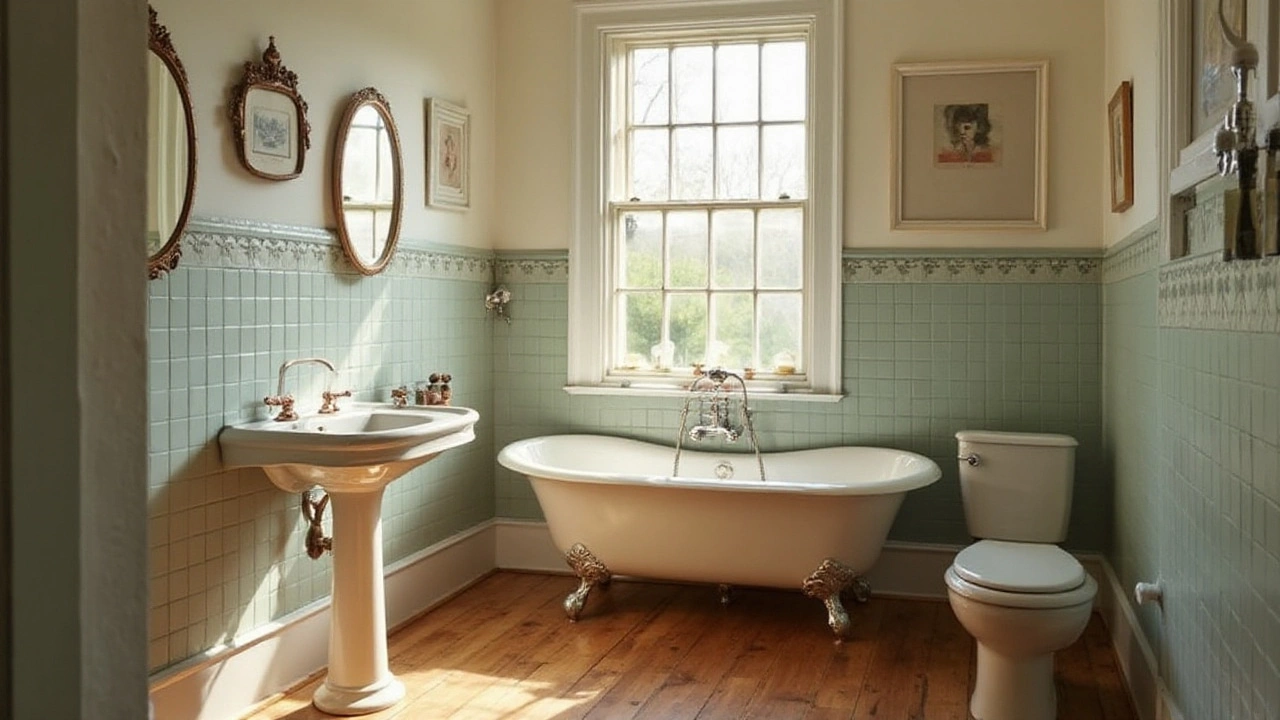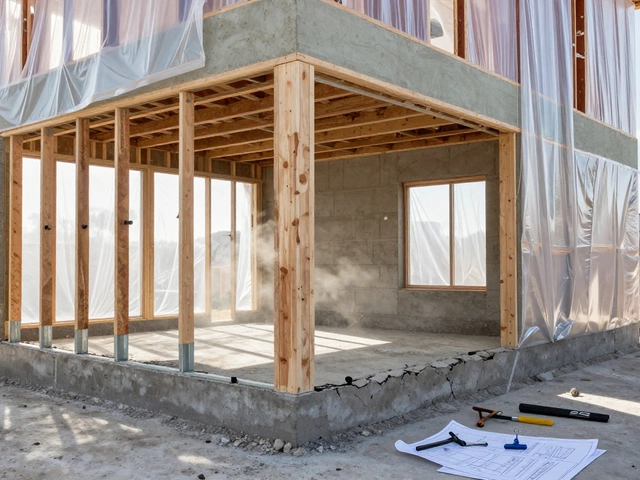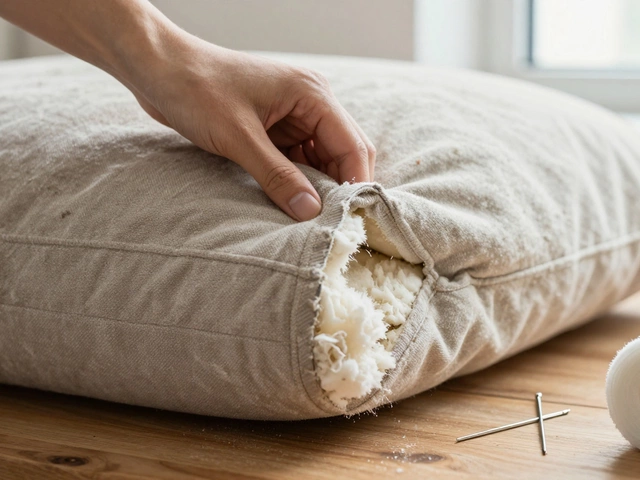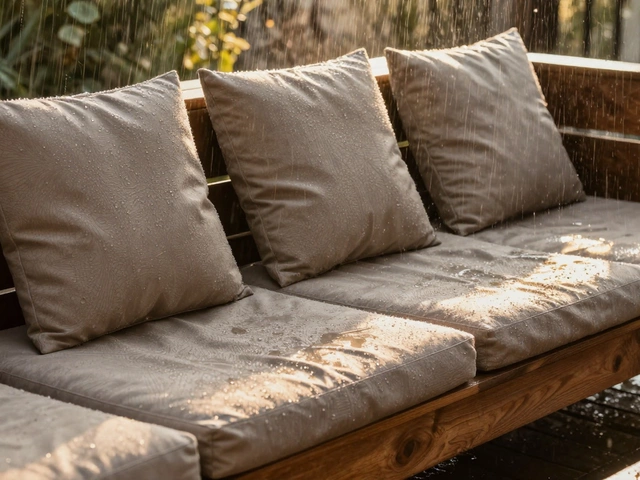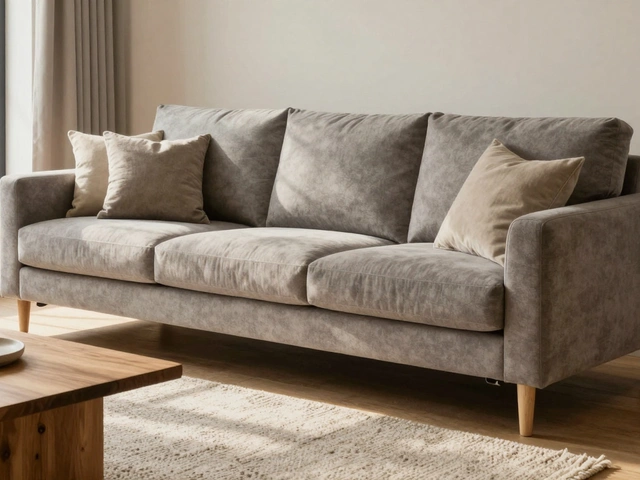Budget Remodel: Smart Ways to Upgrade Without Breaking the Bank
When planning a budget remodel, a home improvement project that focuses on cost‑effective upgrades and clever design choices. Also known as affordable renovation, it lets homeowners refresh their space while keeping expenses low. A key part of any budget remodel is DIY renovation, doing the work yourself to save labor costs and gain control over quality. This approach often requires basic tools, careful planning, and a willingness to learn, but the payoff is a personalized space that doesn’t drain the wallet.
Choosing Cost‑Effective Materials
One of the fastest ways to stretch your budget is by selecting cost‑effective materials, products that deliver durability and style at a fraction of premium prices. Think laminate flooring instead of hardwood, or ready‑made cabinets rather than custom builds. These options still look great and hold up over time, especially when you pair them with a fresh coat of paint. By focusing on material value rather than brand prestige, you can achieve a high‑end feel without the high‑end cost.
Space‑saving solutions are another budget‑friendly trick that adds both function and visual appeal. Space‑saving solutions, design ideas that maximize usable area in small or cluttered rooms, include built‑in shelving, multi‑purpose furniture, and clever storage hacks. Installing floating shelves frees floor space, while a sofa with hidden compartments reduces the need for extra wardrobes. These strategies lower the amount of material you need to buy and often eliminate the need for costly extensions.
Color can transform a room without any major construction, and paint tricks are a cornerstone of a budget remodel. Paint color tricks, techniques that use light, contrast, and hue to make spaces feel larger and more inviting, involve choosing bright whites for small areas, using cool blues to recede walls, or adding an accent stripe for visual interest. Modern paint brands offer low‑VOC, high‑coverage formulas that let you achieve a professional finish with just a few coats, keeping both time and money in check.
Effective budgeting tools keep the project on track. Simple spreadsheets, dedicated apps, or even a handwritten ledger can help you compare quotes, track expenses, and spot overruns early. Set a clear ceiling for each category—materials, tools, permits—and stick to it. When unexpected costs arise, having a contingency fund (typically 10 % of the total) prevents panic and allows you to make informed compromises, like swapping a luxury faucet for a solid‑brass alternative.
Timing also influences cost. Scheduling work during off‑peak seasons, such as late autumn for interior projects, often yields lower contractor rates and material discounts. Additionally, breaking the remodel into phases—first tackle structural fixes, then move to cosmetic upgrades—lets you spread expenses over several months, easing cash flow while still delivering visible progress.
The articles below dive deeper into each of these areas. You’ll find step‑by‑step guides for DIY table makeovers, savvy paint color selections for small bathrooms, space‑saving storage hacks, and cost breakdowns for major tasks like roof replacement. Whether you’re a first‑time homeowner or a seasoned DIYer, the collection offers practical advice you can apply right away.
Ready to see the full range of budget‑friendly ideas? Scroll down to explore detailed tips, real‑world examples, and easy‑to‑follow instructions that will help you turn any renovation dream into an affordable reality.
Affordable Bathroom Renovation Tips Under $10,000
Renovating a bathroom with a budget of $10,000 is achievable with strategic choices and practical tips. From selecting budget-friendly materials to prioritizing essential updates, homeowners can transform their spaces without breaking the bank. Consider reusing fixtures, choosing affordable tiles, and DIY projects to stretch the dollars further. With careful planning and a creative approach, a stylish and functional bathroom is within reach.
full article